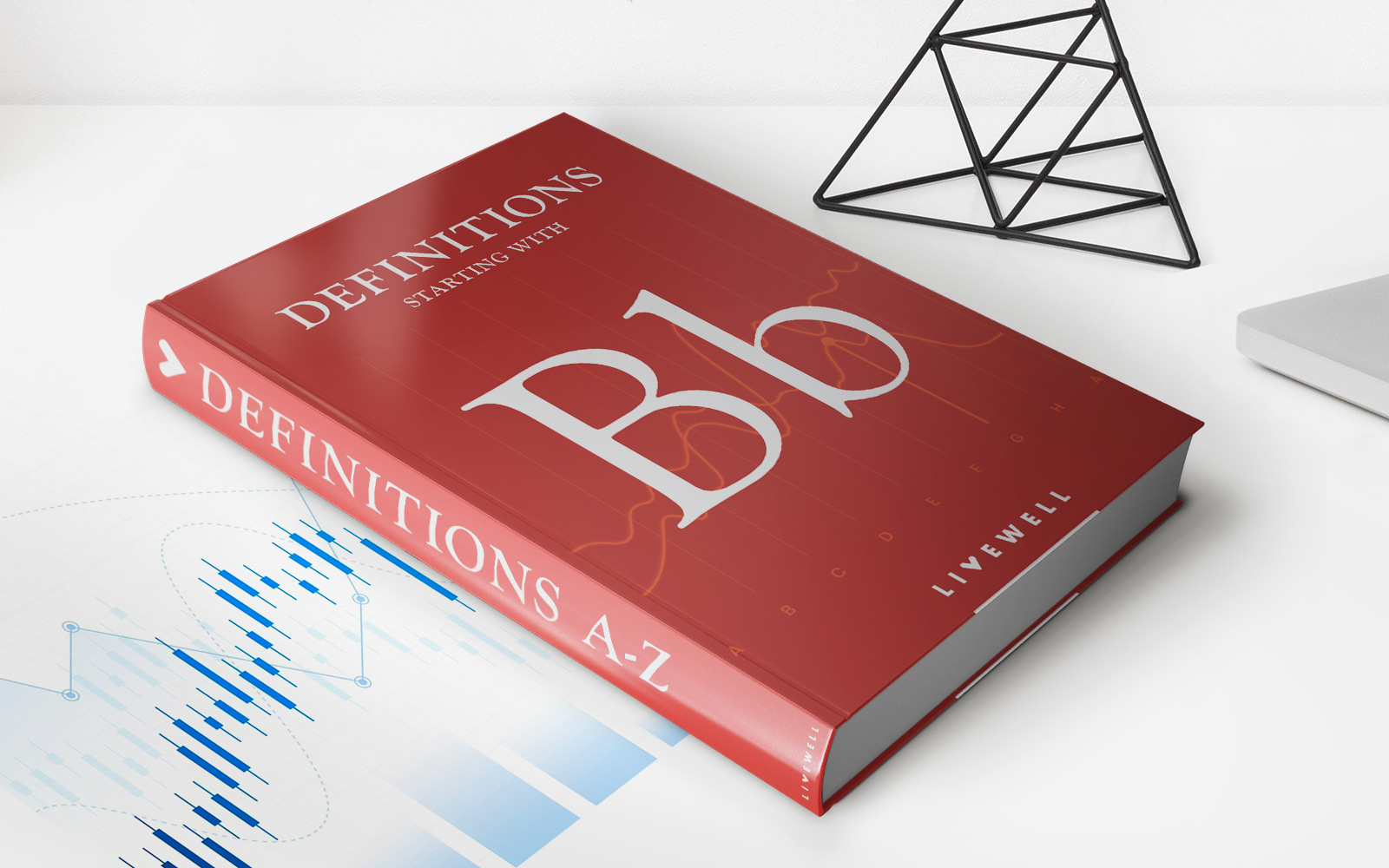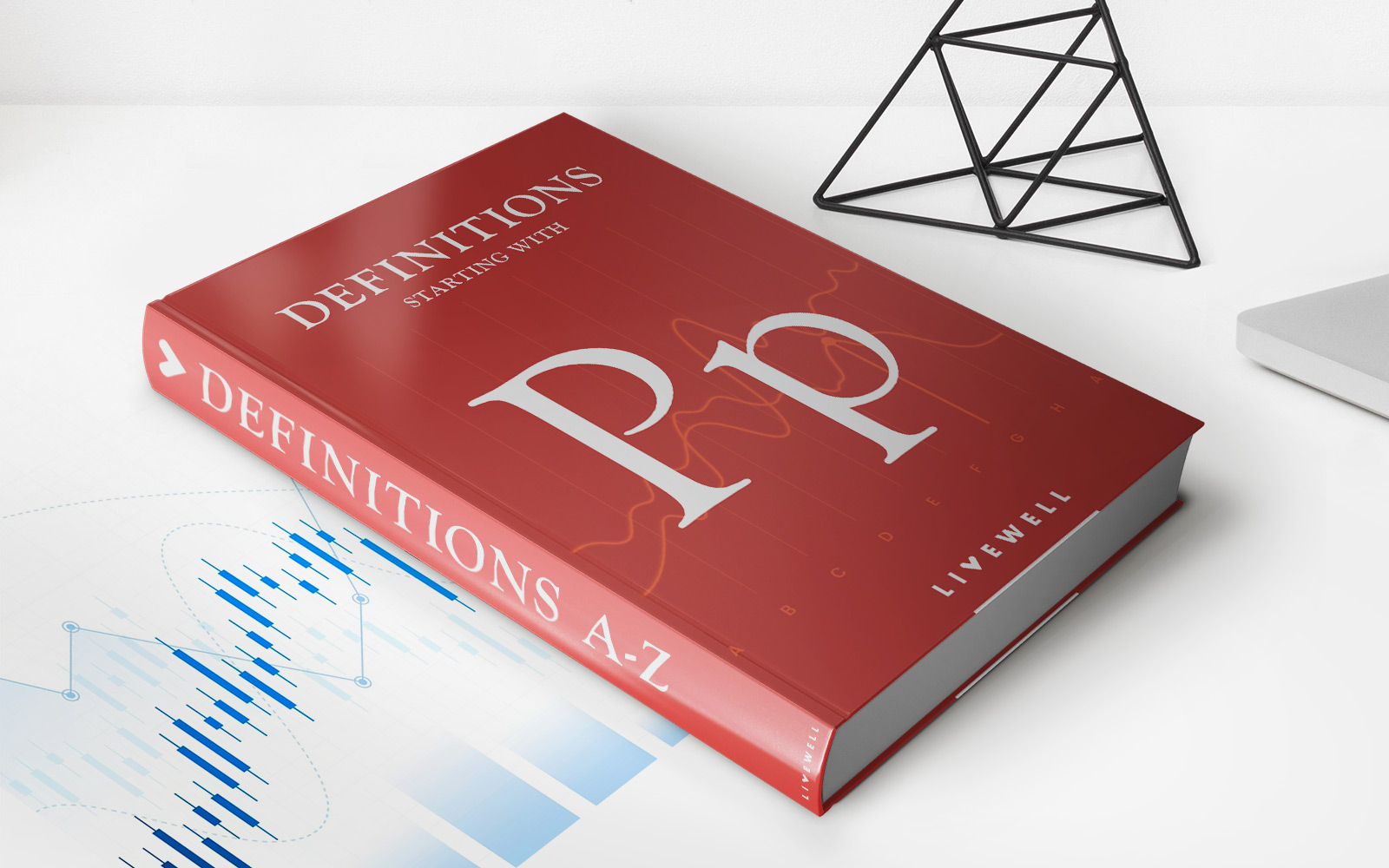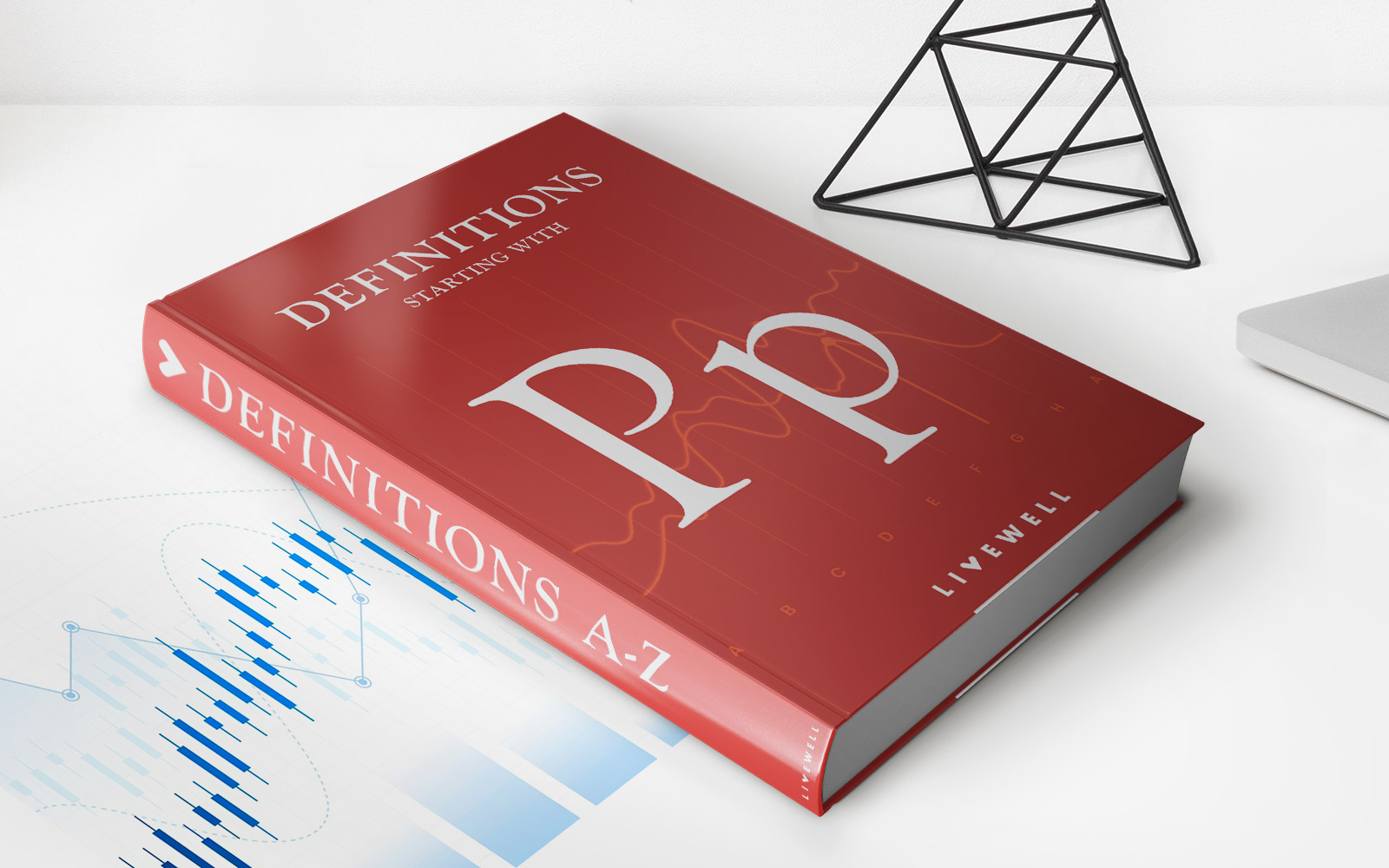Home>Finance>What Is Pricing Power? Definition, How It Works, And Example


Finance
What Is Pricing Power? Definition, How It Works, And Example
Published: January 11, 2024
Discover the meaning of pricing power in finance, how it operates, and explore a practical example. Enhance your understanding of this crucial concept in the world of business and finance.
(Many of the links in this article redirect to a specific reviewed product. Your purchase of these products through affiliate links helps to generate commission for LiveWell, at no extra cost. Learn more)
Understanding Pricing Power: Unleashing Profit Potential
Gaining an edge in the competitive world of finance requires a deep understanding of various concepts and strategies. One such concept is pricing power, a vital aspect of any successful business strategy. In this article, we will delve into the definition of pricing power, how it works, and provide a real-life example to illustrate its importance in maximizing profitability.
Key Takeaways:
- Pricing power refers to a company’s ability to dictate the price of its products or services in the market.
- Strong pricing power allows a company to set higher prices without negatively impacting demand, resulting in increased profitability.
Now, let’s dive deeper into the world of pricing power.
What is Pricing Power?
Pricing power can be defined as a company’s ability to influence and control the prices of its products or services in the market, without significant resistance from customers or competitors. It is an invaluable tool that gives businesses the flexibility to set higher prices and increase profit margins while maintaining or even growing their market share.
Pricing power is often achieved through a combination of factors, including:
- Differentiation: When a company offers unique products or services that are not readily available elsewhere, they can command higher prices.
- Brand Value: Companies with strong brand recognition and a positive reputation can justify premium pricing based on customer trust and loyalty.
- Market Domination: Being the dominant player in a market allows companies to set the standard prices and influence the industry as a whole.
- Switching Costs: If a company can create barriers for customers to switch to alternative products or services, it can maintain pricing power.
How Does Pricing Power Work?
Pricing power manifests itself in different ways, depending on the industry and market conditions. Here’s a simplified breakdown of how it works:
- Costs and Margins: Companies with pricing power can set higher prices, allowing them to expand profit margins, even if their production costs remain stable.
- Demand Elasticity: When a company has strong pricing power, it can increase prices without a significant impact on demand. This is often seen with companies that offer unique or essential products.
- Competitive Advantage: Pricing power can act as a barrier to entry for competitors. It prevents new players from undercutting prices, allowing businesses with pricing power to maintain market share.
- Product Development: Companies with pricing power have the freedom to invest in research and development, creating innovative products and maintaining their competitive edge.
Real-Life Example of Pricing Power: Apple
An excellent example of a company with strong pricing power is Apple Inc. The tech giant has built a reputation for producing high-quality, innovative products that enjoy immense popularity among consumers worldwide. Apple holds a significant portion of the smartphone market, commanding premium prices for its iPhones.
Despite being relatively more expensive than its competitors, Apple maintains its market share and continues to generate impressive profits. This demonstrates the company’s ability to leverage its brand value, product differentiation, and customer loyalty to set higher prices without compromising demand.
Unlocking Profit Potential with Pricing Power
Having a solid grasp of pricing power helps businesses establish a competitive advantage and unlock their profit potential. Here are two key takeaways:
- Build a Strong Brand: Investing in building a reputable brand image can enhance pricing power by instilling trust and brand loyalty among consumers.
- Foster Product Differentiation: Offering unique features, superior quality, or enhanced value creates a strong differentiation that allows for higher pricing.
Remember, pricing power is not just about charging high prices; it’s about commanding those prices without significant demand erosion. By leveraging pricing power effectively, businesses can enhance profitability, establish market dominance, and drive long-term success in the world of finance.














